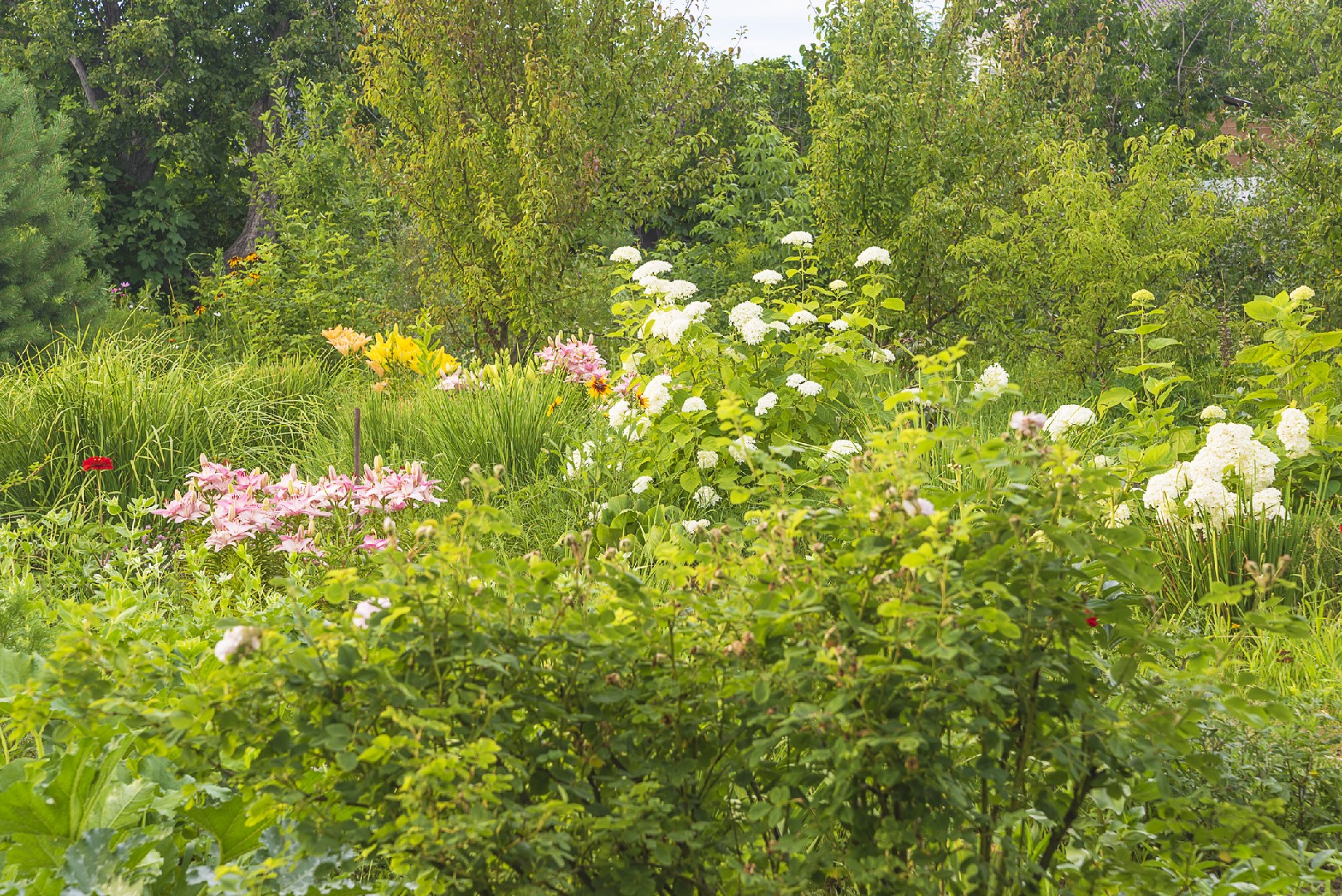![Rectangle]()
Understanding Late-Summer Blooming Plants
Late-summer bloom design is a captivating way to extend the magic of summer and bring vibrant colors to your garden. Understanding late-summer blooming plants is key to achieving a beautiful and long-lasting display of flowers. Let's explore some key features of these plants, appreciate their major categories, and recognize their impact in extending the summer palette.
Late-summer blooming plants are characterized by their ability to thrive in the warmer months, even as the days start to shorten. They are resilient and can endure the heat, making them perfect for creating a striking garden display during this time of year. These plants are typically known for their vibrant colors, which range from warm oranges and reds to vibrant pinks and purples. One of the key features of these plants is their ability to add a burst of color to your garden when many other flowers have finished blooming.
There are several major categories of late blooming plants that you can incorporate into your garden design. Perennials such as asters, coneflowers, and sedums are popular choices. These plants come back year after year and require low maintenance, making them ideal for beginners or those with busy lifestyles. Another category is ornamental grasses, which add texture and movement to your garden. They provide an elegant backdrop for the colorful late-summer blooms and can create a sense of depth and height in your garden design.
Late-summer blooming plants have a significant impact on extending the summer palette. By incorporating these plants into your garden, you can enjoy an extended period of vibrant colors and blossoms. They create a sense of continuity and keep the summer spirit alive even as the weather starts to change. Late-summer blooms also attract pollinators such as bees and butterflies, contributing to a thriving ecosystem in your garden.
To make the most of late-summer blooming plants, here are some practical tips. Ensure that you choose plants that are suitable for your climate and growing conditions. Consider the height and spread of each plant to create a well-balanced and visually appealing garden display. Remember to provide adequate water and fertilization to keep your plants healthy and encourage continuous blooming. Additionally, deadheading spent flowers will promote new growth and prolong the blooming period.
In conclusion, late-summer blooming plants are a wonderful addition to any garden. They bring vibrant colors, texture, and movement, and extend the magic of summer. By understanding the key features, categories, and impact of these plants, you can create a stunning garden display that will bring joy and beauty to your outdoor space. So why not embrace the late-summer blooms and enjoy an extended summer palette in your garden? Happy gardening!





